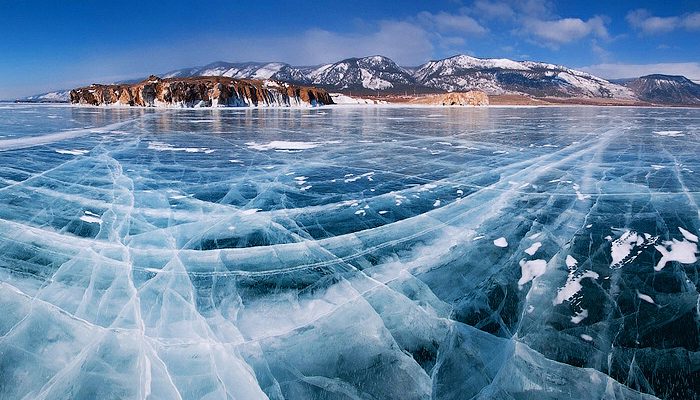Lake Baikal is a symbol of purity of water and a visiting card of Eastern Siberia and Buryatia, attracting tens of thousands of tourists from Russia and other countries of the world. The dimensions of the lake are impressive: it is 636 km long and 24 to 79 km wide. Baikal occupies the 7th place in the world in terms of area and is filled with almost distilled water. The water surface of Lake Baikal is 31,722 km² (excluding islands), which is approximately equal to the area of countries such as Belgium or the Netherlands.
The origin of Lake Baikal is described in the legends of the Buryats - the indigenous inhabitants of the Baikal region. They gave the name to Lake Baigal. According to legend, the earth cracked, and fire burst out of there. In horror, people shouted: "Bye, Gaul!" ("Fire, stop!"). The fire went out, and the crack was filled with water. So, according to legend, the lake and its name arose.
In the Baikal zone, the seismic background is high, earthquakes are very frequent. Their strength is not great - 1-2 points. But there are catastrophic shocks. So, as a result of an earthquake in the middle of the 19th century with a force of 10 points, Proval Bay was formed. Its depth reaches 6 m. Now there are no active volcanoes, but geologists are still studying their former activities. The origin of Lake Baikal and the current formation is associated with seismic activity in this zone. So, it is known that the shores of this lake diverge by 2 cm per year.
It is believed that Baikal is supposedly 25 million years old. However, this fact causes surprise and controversy about the age of the lake. The fact is that the lake usually doesn't live that long. This applies especially to those lakes that are of glacial origin. They exist for 10-15 thousand years, then they are filled with silt and disappear. There are so many legends, myths, versions of the origin of the beautiful Baikal. To choose the only right one for yourself, you should definitely see firsthand the beauty and grandeur of the mysterious lake.


